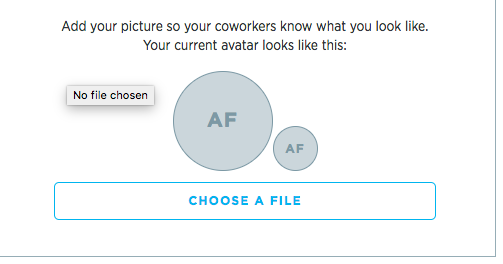Students learning to read typically focus on the words themselves and the letters, sounds, meaning and pronunciation. However, when early literacy skills are finally mastered, the next step is comprehension. What is comprehension? Comprehension is the ability to draw meaning from text.
What Is Reading Comprehension?
The most general definition of reading comprehension explains that it is the skill of making meaning from whatever text is read. Said another way, reading comprehension isn't simply knowing what words you have read, it's the ability to look at what these words say and to figure out what they mean.
When students first embark on their career as readers, they are working on a variety of challenging skills. They need to recognize words, identify them and be aware of their meaning. If they are unaware of their meaning, they will need to rely on context clues to supply hints.
Reading comprehension also encompasses the ability to understand words and their meaning in a variety of contexts. For example, being able to identify satire.
Research has demonstrated that reading isn't simply the transfer of information. Rather it is transactional, wherein the reader brings his or her life experience and understanding up to that point to the text. From there, he or she co-constructs meaning from whatever is being read, based on prior knowledge.
How Is Reading Comprehension Taught?
Educators and people with young children who are just entering the school system are likely familiar with the question, "What are the four types of reading?" The four main types of reading are skimming, scanning, intensive and extensive.
Skimming is the most superficial type of reading. It's a quick glance at the material, generally to see if any of the words contained therein spark interest or recognition. Comprehension when skimming is generally very low. Scanning is slightly more rigorous and is generally done when a reader is searching for something specific within a body of the text.
Intensive Reading
Intensive reading is where comprehension begins to get stronger. This is not a search for cursory information or to get the "gist" of a piece of writing. Intensive reading requires that the readers read every word in the piece, including ones they may not know and seek to understand what is being communicated.
Intensive reading is required when the reader is going to be responsible for reflecting on what he or she has read, either in writing or in speech. Extensive reading refers typically to reading that is taken on for pleasure. In this case, the impetus for meaning-making is wanting to understand what the text has to say.
Why Is Reading Comprehension Important?
Students who excel in reading comprehension often have successful academic careers. This is because reading is such a critical part of overall learning. If a child struggles with reading comprehension he or she will likely read less and thus will absorb less in the way of vocabulary, ideas, differing perspectives and other nuances.
A limited vocabulary can mean a limited scope for thought and imagination. The result is that students demonstrate limited intellectual curiosity and do not have the self-motivation required to read on their own.
Challenges for Comprehension
When answering the question, "What is comprehension?" educators should also consider the challenges for communities with limitations. The challenges of reading comprehension are especially acute for students with learning disabilities, attention deficit issues or other special needs.
For these students, a question like, "How do you use forbidden in a sentence?" can be exceptionally difficult to answer, seeing as it relies upon an understanding of vocabulary, sentence construction and syntax. Teachers who teach special needs populations should be encouraged to seek out as many methods for reading comprehension as possible.
Related Articles
References
Writer Bio
Ashley Friedman is a freelance writer with experience writing about education for a variety of organizations and educational institutions as well as online media sites. She has written for Pearson Education, The University of Miami, The New York City Teaching Fellows, New Visions for Public Schools, and a number of independent secondary schools. She lives in Los Angeles.










